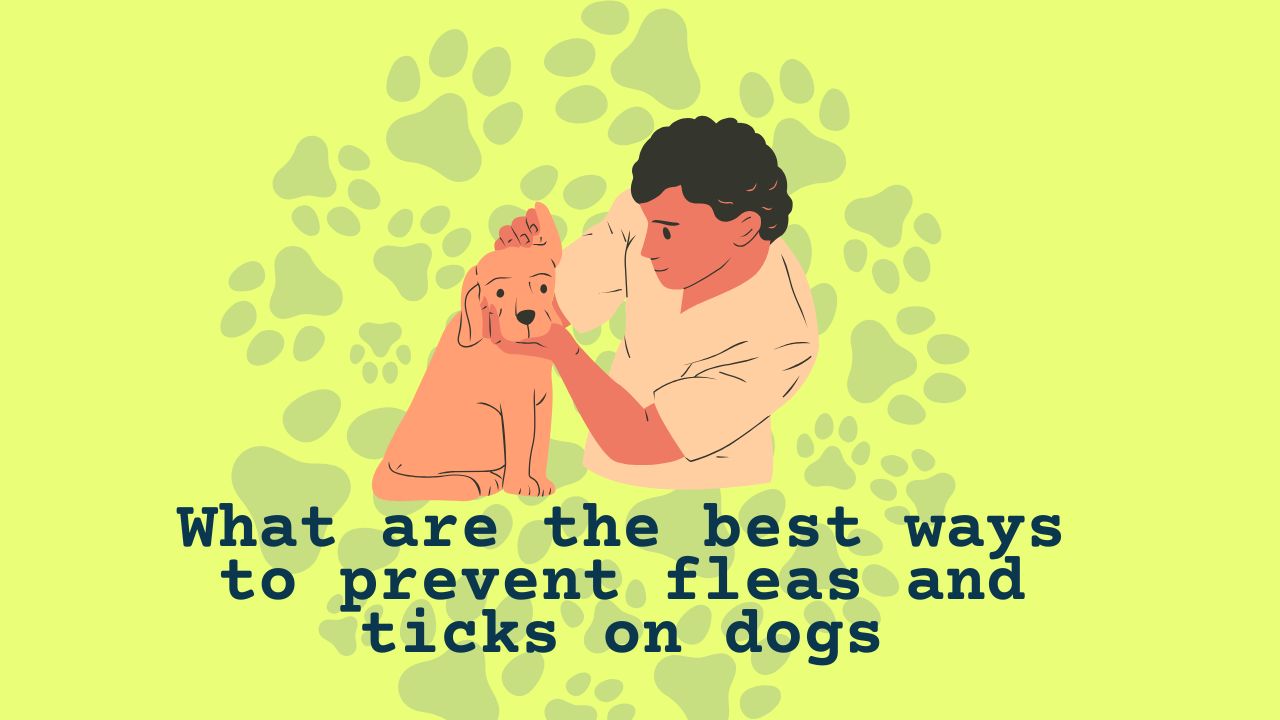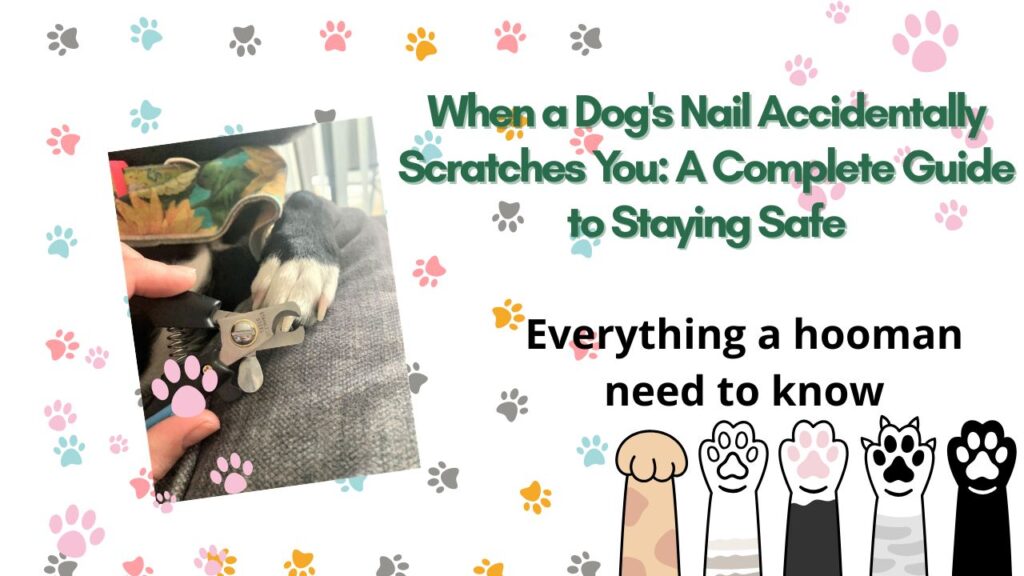There’s nothing quite like the joy of watching your furry friend romp around the yard, tail wagging and ears flopping. But hidden in those playful moments could be tiny, unwelcome guests: fleas and ticks. These pesky parasites aren’t just annoying—they can cause serious health problems for your pup. Let’s explore how to keep your dog safe, happy, and itch-free with strategies that work.
Veterinary-Recommended Treatments

When it comes to flea and tick prevention, veterinarians emphasize proactive, science-backed methods. Here’s what they recommend:
Topical and Oral Preventatives
- Spot-on treatments like Frontline or Advantage are applied monthly between your dog’s shoulder blades, killing fleas and ticks on contact.
- Oral medications such as NexGard or Simparica disrupt parasites’ nervous systems, offering month-long protection with a tasty chew.
Preventive Collars
- Collars like Seresto release low doses of insecticide over 8 months, repelling pests without daily effort.
Regular Checkups
- Annual vet visits ensure early detection of infestations and adjustments to your prevention plan based on local parasite risks.
Natural and Home Remedies
For pet parents leaning toward gentler solutions, these options can complement (but not replace) vet-approved methods:
Essential Oils
- Lavender and cedarwood oils diluted in water make a natural spray. Avoid tea tree oil—it’s toxic to dogs.
Apple Cider Vinegar Mix
- Add 1 tsp of raw ACV to your dog’s water bowl to create an unappealing pH for fleas.
Organic Shampoos
- Oatmeal or neem-based shampoos soothe skin and deter pests during baths.
Natural vs. Chemical Methods
Choosing between natural and chemical approaches depends on your dog’s needs:
| Factor | Natural Methods | Chemical Methods |
|---|---|---|
| Effectiveness | Moderate (best for mild cases) | High (for severe infestations) |
| Safety | Low risk of side effects | Potential for mild irritation |
| Convenience | Requires frequent reapplication | Long-lasting (weeks/months) |
Tip: Hybrid approaches, like using a preventive collar alongside neem shampoo, often strike the best balance.
Environmental Control
Fleas and ticks thrive in your dog’s surroundings. Break their lifecycle with these steps:
Indoor Hygiene
- Vacuum carpets and wash pet bedding weekly in hot water.
- Use diatomaceous earth (food-grade) on floors to dehydrate larvae.
Outdoor Maintenance
- Mow lawns short and clear leaf piles where ticks hide.
- Treat yards with pet-safe pesticides like Wondercide.
Fogging/Extermination
- For severe infestations, hire professionals to treat your home with insect growth regulators (IGRs).
Grooming and Daily Care
Regular grooming isn’t just for looks—it’s a frontline defense:
- Bathe your dog every 2–4 weeks with flea-repellent shampoo.
- Brush daily with a flea comb, dipping it in soapy water to drown captured pests.
- Trim long fur, especially around ears and paws, to reduce hiding spots.
Early Detection and Removal
Catching pests early minimizes harm:
- Inspect your dog daily, focusing on warm areas like armpits and groin.
- Remove ticks with fine-tipped tweezers: Grasp the head, pull straight up, and disinfect the bite.
Never crush a tick—it can release harmful bacteria!
Avoiding High-Risk Areas
Reduce exposure by steering clear of:
- Tall grass and wooded trails (tick hotspots).
- Stray animals that may carry fleas.
Outdoor Tips: Use elevated dog beds and avoid walking during dawn/dusk when ticks are most active.
Multi-Pet Households
If you have cats, rabbits, or other pets:
- Treat all animals simultaneously to prevent cross-infestation.
- Isolate infested pets until treatments take effect.
Common Questions About Flea and Tick Prevention
- How often should I apply topical treatments?
Most are monthly, but check the label for specifics . - Are natural methods safe for puppies?
Consult your vet first—young dogs have sensitive skin . - Can fleas live in human hair?
Rarely, but they’ll bite humans if pets are untreated . - What’s the best season for prevention?
Year-round! Ticks thrive even in mild winters . - Do flea collars work for swimming dogs?
Water-resistant collars like Seresto remain effective . - Can ticks transmit diseases quickly?
Lyme disease can spread in 24–48 hours, so prompt removal is key . - Is garlic effective against fleas?
No—it’s toxic to dogs and ineffective . - Why does my dog still itch after treatment?
Flea allergy dermatitis may require antihistamines from your vet . - How do I clean the house post-infestation?
Vacuum daily for 2 weeks and wash fabrics in hot water . - Are tick-borne diseases preventable?
Yes! Vaccines for Lyme disease add extra protection .
Conclusion
Protecting your dog from fleas and ticks isn’t just about comfort—it’s about safeguarding their health and your peace of mind. By combining vet-recommended treatments, consistent grooming, and environmental vigilance, you’ll create a fortress against these tiny invaders. Remember, every scratch-free snuggle and playful romp is a testament to your care.






